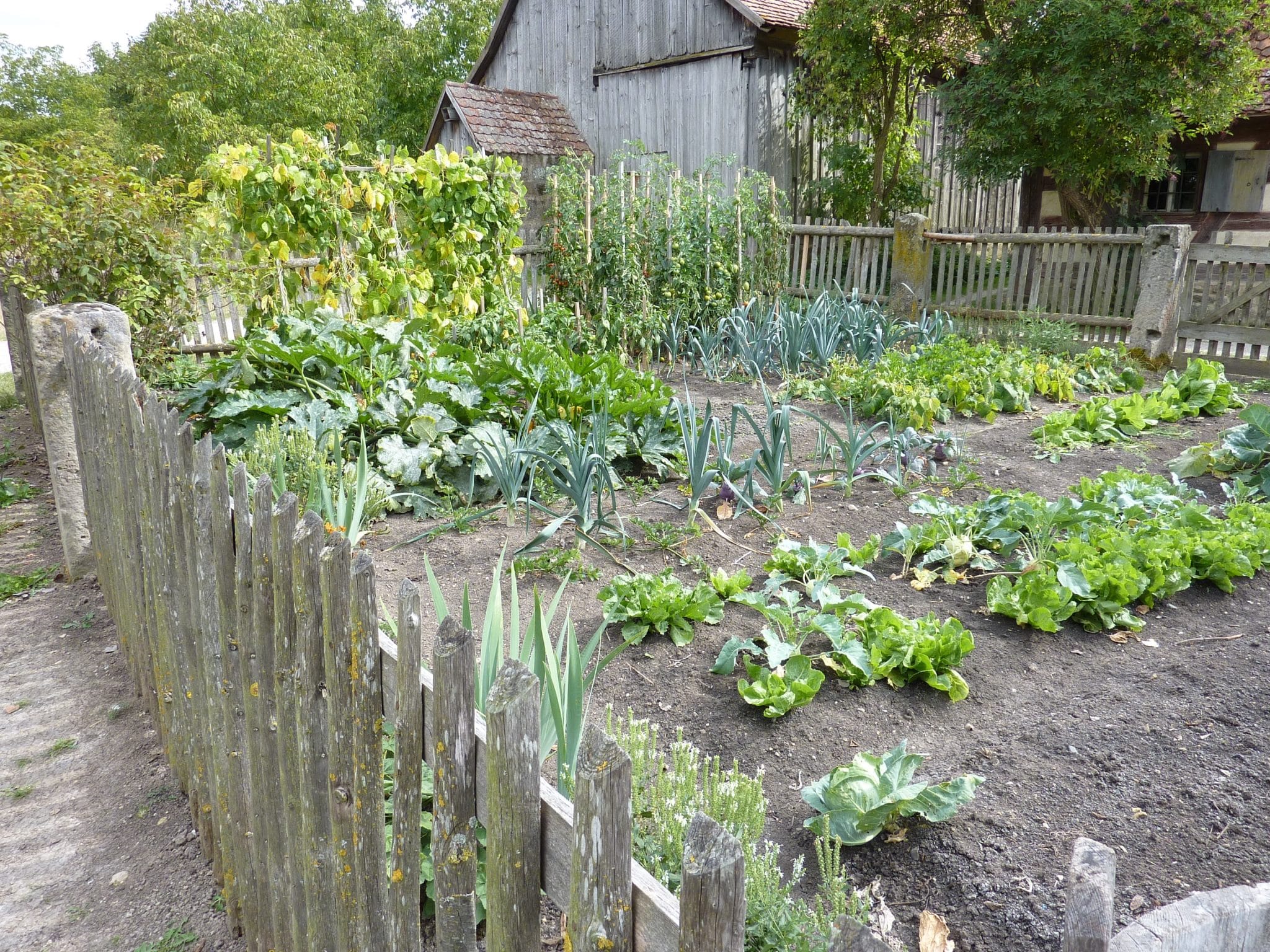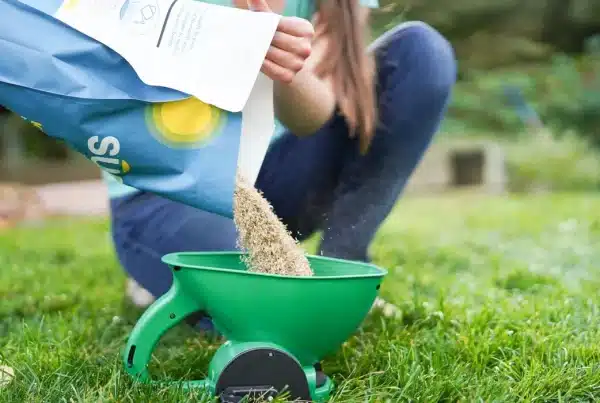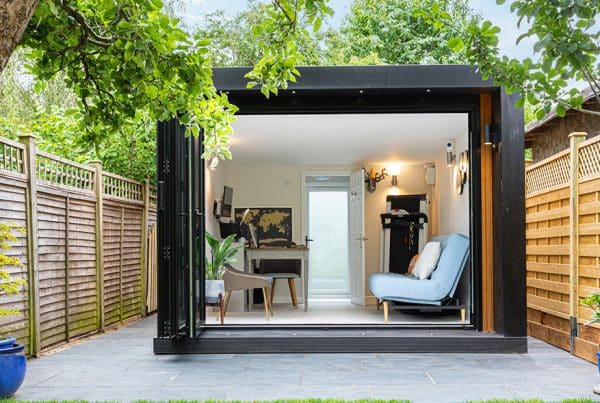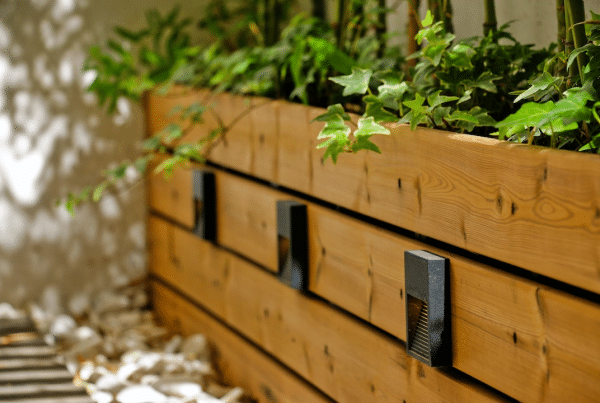Sometimes when designing a garden, your ambitions can feel unattainable for the space you have. Limitations such as how level your garden is to how large the available space is can leave you feeling that you are unable to move forward with the design of your dreams. However, with some careful, considered planning, there is nothing stopping you from creating an eye-catching and enviable outdoor project for everyone to enjoy. In the article below, we have listed a selection of simple ways to help you make the most out of your garden space. Let’s take a look…
Outdoor Seating Areas
A simple way to transform your garden is to create a space for an outdoor seating area. This will encourage you and any visitors to make more out of the space, transforming an unexciting garden into an area fit for relaxing and entertaining guests. Try to design a seating area in a way that makes it feel like its own space – it’s no good just placing tables and chairs on your lawn! Instead, why not place your outdoor furniture on top of a patio or decking to separate your outdoor seating area away from the rest of your garden? Even if your area is particularly tight, an L- shaped corner build with composite decking or patio slabs can be the perfect addition to smaller spaces.
Regarding furniture itself, there are plenty of options you can choose. For the cheap and cheerful option, you can opt for white plastic, that can be stacked away and placed in your garden shed for safe keeping and to keep them from getting brittle. If you are looking for something higher end, more durable recycled plastic, traditional timber, metal, and even rattan furniture are all fantastic options to populate your seating area. Alternatively, you can create more permanent seating by building floating bespoke benches into any walls that border your garden space.
Outdoor Rooms and Entertainment
Even small gardens can benefit from the addition of an outdoor room. Beyond a tool shed or a greenhouse, outdoor rooms have seen a vast, versatile range of applications in the last few years, with the rise in hybrid roles increasing the need for properly kitted out home offices. The simple, humble garden shed has been elevated with the introduction of proper heating, lighting, and broadband capabilities. However, it’s important to maintain a work-life balance; these outdoor offices can be converted into more recreational spaces, such as a music room, an artist’s studio, a home bar, a media room, or a gym.
Large sliding French doors allow you to exit and enter your outdoor room with style, as well as seamlessly easing the transition between indoor and outdoor space. If you want to enhance the look of the outdoor room’s exterior shell, we recommend using slatted cladding to transform what could look like a temporary construction into a more permanent garden fixture. Slatted composite cladding instantly creates the feeling of a more contemporary, considered space, and is extremely easy to clean and look after once it is installed.
Fire Pits
A fire pit is a relatively easy but worthwhile installation for any garden space. It creates an earthy, primal focal point for your outdoor seating area, allowing you to enjoy your garden even as the nights close in and the weather gets colder. You can either purchase a fire pit with a large cast iron dish, that are either woodburning or gas based, or alternatively, you can create your own by digging into your lawn space, adding a base of sand, gravel, and stones, making sure that none of the stones have been submerged into water, as this can cause problems once the stones are heated.
Of course, when adding fire to your garden, it’s important to make sure your space is still safe. For example, if you build a fire pit on top of decking, you will need to make sure the decking material is appropriately fire rated. Composite or aluminium decking would be the best option, as opposed to the flammable natural timber. Alternatively, you can opt for a vertical outdoor fireplace or chimera for something more contained. These taller chimneys are a great solution when entertaining guests, as the smoke is not directed upwards, and not into the faces of your visitors.
Maintenance Free Fencing
The colder seasons can play havoc with important garden structures such as fencing, as traditional timber can rapidly deteriorate when absorbing moisture. There are many fencing alternatives, including durable concrete and rustic stonework or brickwork. However, it can be hard to find a material that retains the rustic and naturalistic feel of real timber, whilst keeping that much needed longevity.
Composite fencing is an ideal solution, etched with a realistic woodgrain texture that imbues the material with the feeling of real wood, but keeping the long-life, protective qualities of plastic. We recommend choosing composite fencing that prioritises a modular, component-based system, as this will make it easier to fit the fencing to the parameters of your space. Most composite fencing comes available in a range of premium colours, it’s now easier than ever to find a durable fencing solution that still looks the part.
Vertical Planting
If you have a limited amount of space, you may struggle to think of ways to incorporate planting into your garden without taking up too much room. However, the process of vertical planting is a great way to make more out of a smaller area. Put simply, vertical planting involves using your walls and borders in your garden, rather than just your lawn space. You can use wooden trellises for climbing plants if you have a timber or brick fence, or instead build tiered shelving to display any potted displays.
For more creative, decorative approaches to vertical planting, you can encourage climbing plants to loop around metal archways, balustrades, or pergolas, to create the feeling that you are surrounded by nature. Vertical planting also has a practical advantage too, as dense foliage can have mild soundproofing qualities, helping your garden to feel quieter and more peaceful as a result.








